A year ago—early December 2015—I was the heaviest I’d been in years, and consequently embarked on a “nutritional makeover,” detailed below in the post published March 2016. I’m updating it because many people struggle with weight around the holidays and as winter weather sets in.
I have a little bad news and mostly good news to share. Bad news is, I fell into old habits in late October and through most of November. Stress from watching and worrying about national politics, along with stress from some personal matters, are mostly to blame. Nighttime wine and beer consumption spiked, and along with it, carby comfort-food indulgences.
Good news is, this plan really worked for me throughout the year and became my “new normal.” In 2016, I was the most fit I’ve been since turning 40, and I’ve stayed around “race weight” all year, without feeling deprived. I just ended this year’s racing with a fast 5K on Thanksgiving Day, and two days later, a strong performance at the 28-mile Quad Dipsea. I’m back to (mostly) following my “8 Principles for Healthy, Balanced Eating,” listed at the end of this post.
So, why wait until New Year’s to improve your nutrition so you can run and feel your best? I hope this post helps you through the December holidays, starting now.
***
I’ve been reluctant to write this post because nutrition and weight are sensitive, contentious topics among runners, from speedy 5K road racers to trail-oriented ultramarathoners. We endlessly argue over what’s best to eat for training, racing and recovery, and it seems we especially love to debate the optimal ratio of carbohydrates, protein and fat.
This topic drives me a little nuts, because I dislike how it leads toward extremes, not unlike politics, and makes runners prone to disordered eating. I’m a big believer in moderation and balance, and I’m skeptical anytime someone touts a plan that labels entire categories of food “bad” without a true medical condition or a strongly held ethical position that justifies cutting out certain foods.
(Side note: I do, however, have one category I consider bad and cut out: Six years ago, I woke up to the fact that beef is bad for the environment—given the astronomical amount of water and grain used to produce it, and the amount of greenhouse gas pollution and other waste the industry creates—so I stopped eating beef and no longer cook it for my family. But, I still eat a moderate amount of poultry and seafood; and, rarely, lamb and pork. I try to make sure this meat is organic and the seafood is as sustainable as possible. While I very much respect vegan/vegetarianism and try to eat lower on the food chain, and am aware that factory farming is beyond disgusting, I haven’t completely given up meat because my taste buds and body crave the protein and iron. As my article on iron-deficiency anemia discussed, it’s difficult—though not impossible—for highly athletic people to get the iron they need entirely from plant-based sources.)
My intention is not to advocate any strict nutritional plan, but rather, to share the process that worked for me, because I gave myself a nutritional tuneup of sorts. My weight is back down to the healthy, fit level it should be to run well, and I’m feeling more satisfied and in control with regard to eating and weight.
Let’s back up a year for context. I’m going to be candid and share a lot of numbers because I find it helpful when other athletes talk openly and in detail about their body metrics.
Like most runners, my weight naturally bounces between a range, from thin-but-healthy-and-strong (what I call my “race weight”—the lightest I can be while still feeling very strong and eating plenty to feel satisfied), to heavy-but-still-fit (what I call my “chunky monkey” or “hibernating bear” off-season weight). This range tends to be about seven pounds, from a low of 127 to a high of 134. I’m 5’7″ and 46 47 years old. Non-runners might say, “Seven pounds? What’s the big deal?” but we runners know that it makes a difference in performance.
Back in college, before I became a runner, I was a lot heavier—in the mid to high 140s, with thick thighs, chubby cheeks and no muscle definition. Once I started running two decades ago, my weight dropped to the low 130s, occasionally getting under 130, and since has always bounced around 131-132. When I PR’ed at the marathon in 2009, my weight was around 128, and I feel best and race best when I can get slightly under 130.
Inevitably, however, the scale creeps from race weight back up to around 132. And in the second half of 2015, it kept creeping. Instead of being the midpoint in the range, 132 became the low point, 134 became the norm, and if I stepped on the scale in the afternoon instead of morning, I’d feel shitty upon seeing my weight in the high 130s.
A Look at the Highs and Lows
Here are some visuals to illustrate what I’m talking about:
Exhibit A: Race weight of 127ish, fall of 2014. I lost the weight earlier that season by doing the Grand to Grand Ultra, and I felt awesome running the Rio Del Lago 100M and finishing sub-22 hours in November of 2014.
Exhibit B: Upper end of weight range, 134, maybe 135. Feeling bloated and still carrying Thanksgiving leftovers in early December 2015. My shirt and capris somewhat hide the fact my belly and legs are thicker. I’m happy and healthy, but when I’m running at this weight, I’m undeniably slower and heavier on my feet.
Exhibit C: Blast from the past, circa 1987, proof I had a lifestyle that pushed my weight toward 150. I lived in tent-like oversized sweaters and ate a microwaved burrito from a nearby 7-Eleven almost every day. “Healthy” to me back then meant a Taco Bell Taco Salad. (Do you like the guy on the right? So do I — good thing I married him!)
The other thing to know for context is I love to eat and to drink wine and beer. Cooking and eating a special dinner, and splitting a bottle of wine with my husband, brings me true happiness. I’ve struggled to savor this pleasure in moderation, rather than over-indulging and feeling overly full, mildly hungover and guilty the morning after. I can do it, it just takes mindfulness and effort to keep in check my bad habits of plate-picking, pouring a third glass of wine when my limit most definitely should be two, and snacking on copious amounts of chocolate and nuts after dinner while watching TV.
Getting a Food Coach and a Reality Check
Three things happened last fall that prompted me to get a nutritional makeover.
One, I got to know Meredith Terranova, an accomplished ultrarunner and sports nutritionist (who’s married to top ultrarunner Paul Terranova). I was impressed with a talk she gave at the Team RWB Trail Camp, and I knew she’d be a smart person who’d be easy to work with and whose advice I’d trust. [UPDATE: On Nov. 27, Meredith finished the insane Ultraman World Championships—an ultra-distance Ironman with a 6.2M swim, 261M bike and 52M run. Way to go!]
Second, I got a Fitbit Surge. The main impetus for replacing my dying Garmin with this high-end FitBit was to try wrist-based heart rate monitoring (since I can’t stand heart rate monitors strapped around my chest). But then I started exploring the app that goes with it, and I realized it makes logging nutrition extremely easy (along with monitoring sleep, steps and other metrics).
Third, Meredith gave me a simple yet brilliant piece of advice—the kind that makes me slap my forehead and say, “Why didn’t I think of that before?” Knowing that I’m facing an important six-month training cycle leading up to Western States 100, she advised:
Get to your optimal weight now, rather than struggling and waiting toward the end of the training cycle, and it will make your whole training go so much better.”
In other words, do the work to get to race weight early, and normalize and maintain that level. Don’t make the mistake—which I’ve done in the past—of being heavier than optimal, and then restricting calories during the pre-race taper (which backfires by making you feel weak and lousy when you should be focusing on wellness and storing up energy).
I decided to conduct an experiment in late November through mid December: I would log what I ate for three or four weeks, and eat whatever felt good and right. In other words, I wouldn’t try to be unusually “good,” I’d just eat according to my desires and what felt like normal/healthy. Then, I’d hire Meredith to analyze it.
Even though I’ve learned a lot about sports nutrition over the years, I’ve never paid close attention to what I eat. I would occasionally count calories, but I never measured nutrients. Consequently, if someone said, “Try to eat at least 15 grams of protein following your hard, long run,” I would have no idea what that looked like. I might know to reach for a hard-boiled egg as a good source of protein, but I would have no clue of the amount of protein that this single egg represented. (It’s 6 grams.)
Similarly, I would have a delicious breakfast that I believed was well-balanced nutritionally by mixing whole grains, dairy and fresh fruit. My go-to post-run breakfast for years has been: Quaker quick oats (about 3/4 cup) mixed with another cereal like Grape Nuts (about 1/2 cup) or granola, heated up with a cup of nonfat hot milk, so it creates a wonderfully warm, slightly sweet, grainy oatmeal concoction, to which I’d add some fresh berries and half a big cut-up banana. In my view, that seemed like a large but not unreasonable serving of healthy carbs, with a good amount of protein and calcium from the milk, and low fat.
When I logged that breakfast on the FitBit app, this is what it looked like:
What I thought was a “balanced” breakfast was actually very high carb (76%), very low fat (8%) and not much protein (16%). Even though it had a nice big amount of calories (608), I usually found myself hungry and snacking a couple of hours later mid-morning.
Logging my food revealed this pattern for pretty much all meals, and also showed how my food intake was heavily weighted toward nighttime. I’d have a smaller lunch, a great big dinner, and then top it off with snacks and/or wine while watching Netflix. No wonder I woke up feeling heavy, and my weight range shifted upward.
Meredith, thankfully, was very empathetic when she analyzed my food intake after those weeks. It was not her intent to get me on a specific type of diet, but rather to find a truly balanced plan that I found satisfying and worked for me individually. She told me in the nicest possible way that my level of carbohydrate intake would be justifiable if I were running at least three hours every day, and not only were my carbs super high compared to the fat and protein levels, but my sodium levels were stratospheric and contributing to water retention.
I wasn’t surprised by her assessment—I intuitively knew I was overdoing it in the carb and salt departments—but I was surprised by just how high they were. The lesson for me was: What I thought I ate, and what I actually ate, were not the same. Seeing the reality of my food intake, spelled out in detail, motivated me to make changes.
Meredith developed a flexible plan for me and suggested daily targets for total calories, fats, protein, carbohydrate and sodium. She also gave me advice about recipes and food choices. She encouraged me to have heartier lunches and lighter dinners; instead of big dinners with second helpings, save dinner leftovers for the next day’s lunch.
I also appreciated that she didn’t tell me to give up beer and wine, but encouraged me to make a choice: If I wanted to drink alcohol with dinner, then have that count as my starch portion of the meal and avoid other starchy carbs at nighttime. I’m doing better now limiting my beer and wine to one or two drinks with dinner, and having herbal tea with honey as my TV time treat, rather than more alcohol.
Seeing and Feeling the Results
It didn’t take long to discover that by adding more fat and protein to my daily intake, especially at breakfast, and eating as many veggies as possible (more veggies than fruit), I felt more satisfied. Mind you, this is not at all strictly high-fat/low-carb or paleo—I still enjoy whole grains, including some whole wheat bread—just much more balanced than what I was eating before, with a lot more satisfying and healthy fats.
Take a look at my breakfast now, for example: a pile of steamed kale with some mushrooms, two eggs, a quarter cup of goat cheese crumbles, and half an avocado. It’s about 61% fat, 21% protein and 18% carb. Before, I probably would have had a piece of toast with an egg dish like this. Now—probably because of the addition of the avocado on top—I find that this meal totally satisfies me throughout the morning, giving me more sustained energy than the oatmeal/cereal/fruit concoction I used to eat—even though it contains 185 fewer calories. I don’t crave bread or cereal at breakfast the way I used to.
Here’s how it looks and the nutritional breakdown:
I know some people would encourage me to go further and practice full-blown “optimized fat metabolism” and enter a state of ketosis. (For a good explanation of this, read Jeff Browning’s blog post). To which I say: No way. That’s not practical with my lifestyle, and I don’t support eating so much meat. I really think there’s a better, more flexible, middle-ground path.
My daily carb/fat/protein ratio bounces around but very generally speaking, on days when I run shorter than two hours, it tends now to be around 40% carb, 30% fat, 30% protein, which is a big change from when more than half came from carbs. (On days when I run longer or workout harder, I have more carbs in the form of energy gels or bars during the run, and a carb/protein recovery drink or snack afterward.) Plus, I am eating fewer calories overall because I’m not succumbing to the munchies as much as before, partly because the heartier lunch gets me through the day better.
I began following Meredith’s advice starting the week after Christmas, and to my surprise, this turned out to be the easiest non-diet “diet” I’ve ever been on. I lost those stubborn five-plus pounds, which had bummed me out for all of 2015, in about a month without feeling I was making big sacrifices. By the time I ran the Sean O’Brien 50K on February 6, my weight was around 127-128, and I felt great. Now I’m maintaining this level without much problem by following the nutritional advice and sticking as best as possible to the healthier habits.
The hardest part has been not what I eat but how and when I eat. Breaking the automatic-second-helpings and post-dinner snacking habit continues to be a work in progress.
I made peace with the fact that changing habits, and achieving and maintaining moderation, takes time and effort, and progress tends to zigzag. I’m never going to be perfect or avoid the occasional backslide. The key is to be healthy and balanced more often than not—in other words, to be good enough. I’m in the habit now of more often than not eating as my sports nutritionist recommended, and feeling so much better throughout the day. Race weight is now more the norm than a struggle.
8 Principles for Healthy, Balanced Eating
This is an update to the original post. I developed the following list for another writing project during 2016, drawing on advice from Meredith and others.
- Make protein a focus of every meal. The protein doesn’t have to come from meat—and, from a sustainability standpoint, our planet can’t handle so much meat-eating—so also get protein from plant and dairy sources (e.g. tofu, beans, nuts, milk, eggs) as well as from meat.
- Eat a moderate amount of high-quality, unrefined “good” carbs that come from colorful and leafy green veggies, whole grains and fruit. Get your sugar naturally from fruit (fructose) and dairy (lactose). Limit refined sugars such as sucrose, high fructose corn syrup, and the healthy-sounding-but-not-really-healthy “evaporated cane juice.”
- Eat a moderate amount of fat, especially healthier plant-based fats such as those from avocados, olives and nuts.
- Eat minimally processed foods; avoid packaged foods with ingredients on the label you don’t recognize.
- Make lunch your heartiest meal, and enjoy alcohol in moderation; eating excessively at dinnertime, along with drinking alcohol at night, can lead to weight gain and jeopardize essential sound sleep.
- Get enough iron from real food (not relying on supplements) to avoid iron-deficiency anemia.
- Limit your sodium intake to around 1500mg per day (less than most Americans’ salt intake). Excessive sodium causes water retention.
- And last but not least, eat mindfully. This means eat slowly and with minimal distractions, enjoying and appreciating your food. Slowing down and eating mindfully will help you pay attention to your body’s hunger and fullness cues. If your hunger is on a scale of 1 to 10, with 1 feeling like you’re starving and 10 so stuffed you feel sick, try to start and stop eating so that you stay between a 4 to 6 on that scale.
Suggested Further Reading
I found these articles and this podcast helpful in understanding the bigger picture of runners’ ongoing sports nutrition debates:
High Carb or High Fat? The Running Diet Debate (The Guardian, 1/19/16)
Making a Case for Eating Fat (NY Times 3/4/16)
Our UltraRunnerPodcast interview with sports nutrition expert Matt Fitzgerald, which was mainly on another topic (sports psychology), but midway through I ask him about nutrition. Have a listen starting at 39:20 to hear Matt’s perspective and advice. Matt Fitzgerald also wrote this smart article: An Easier Way to Become A Better Fat Burner

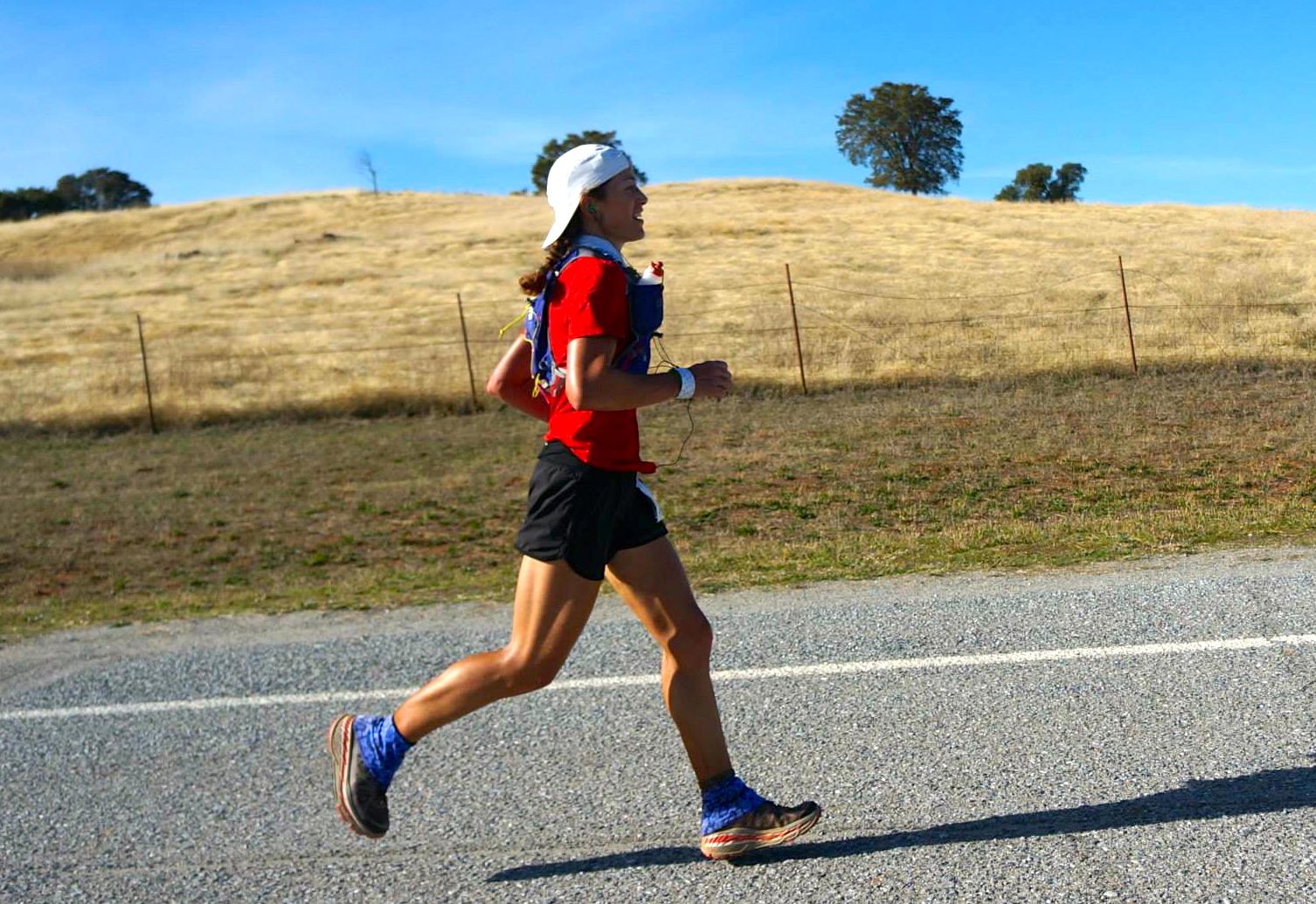
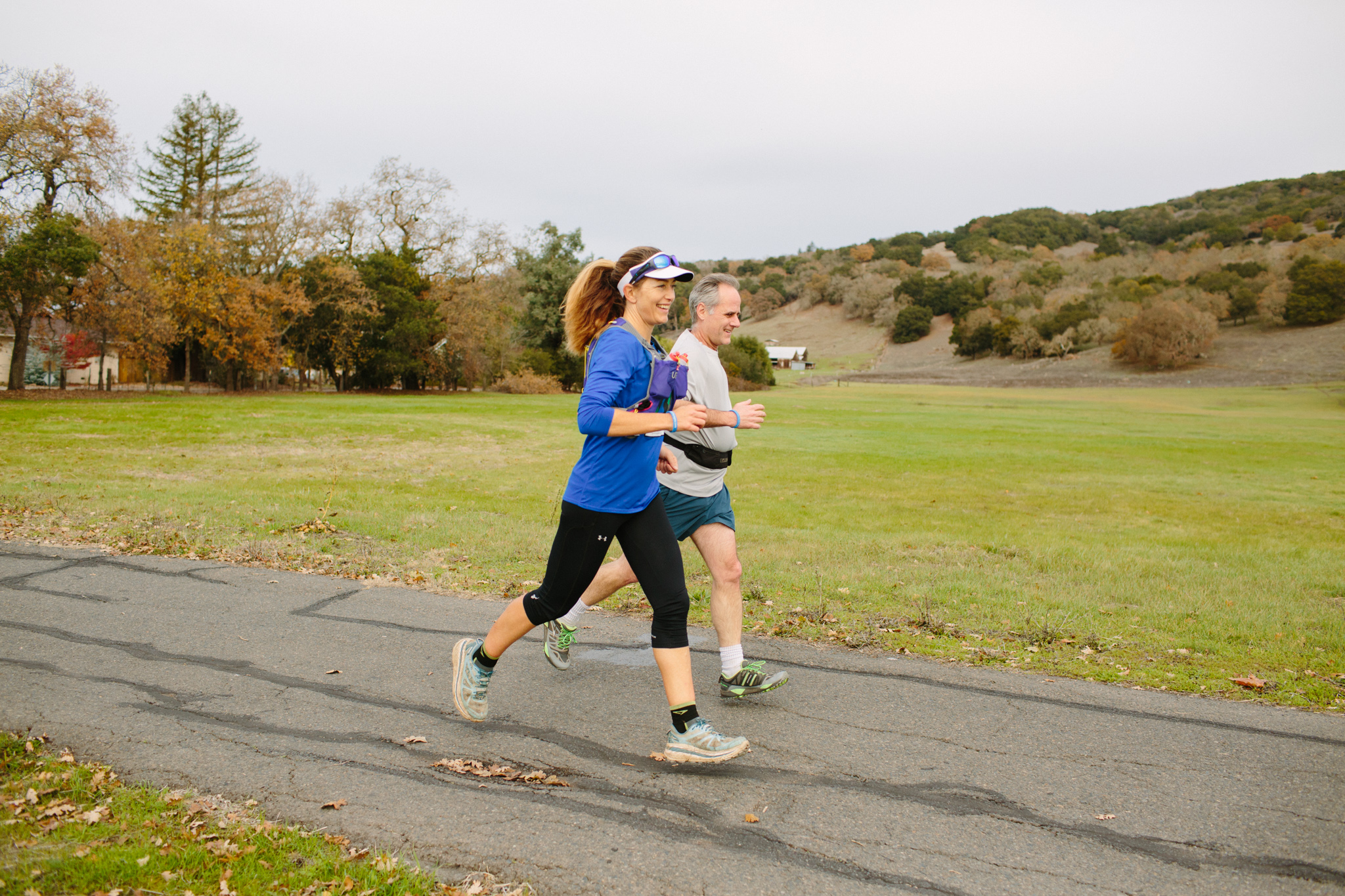

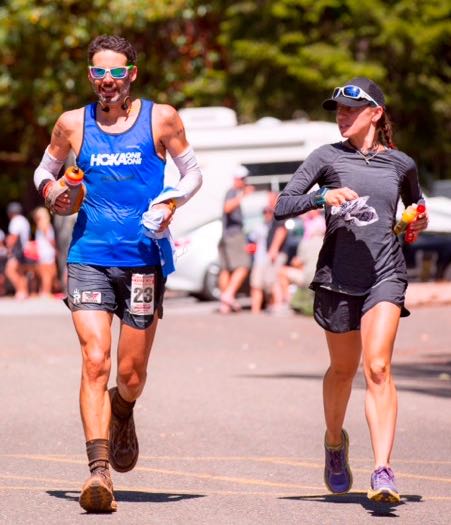
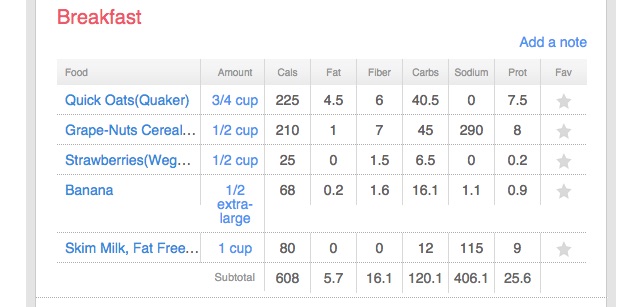
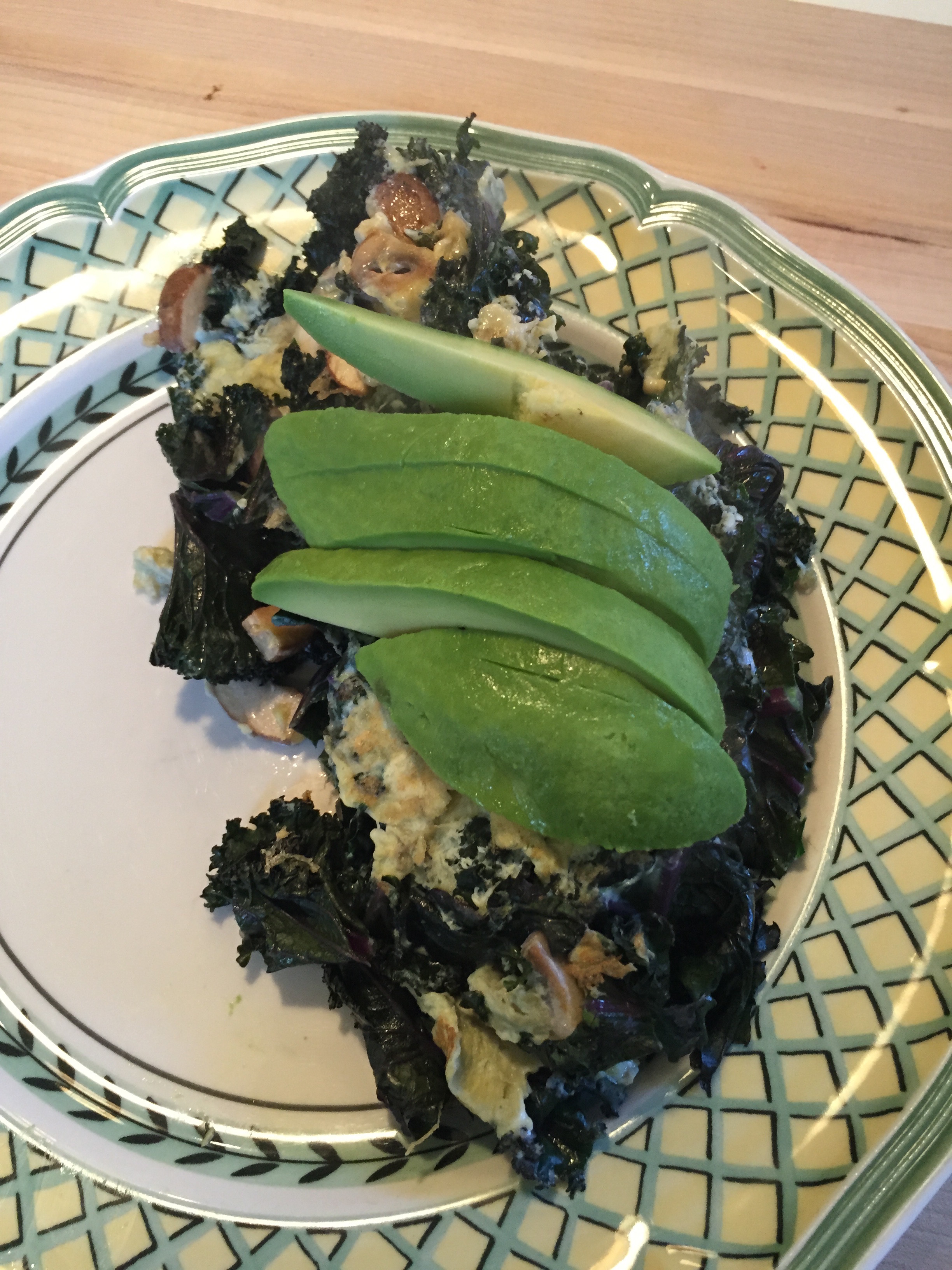
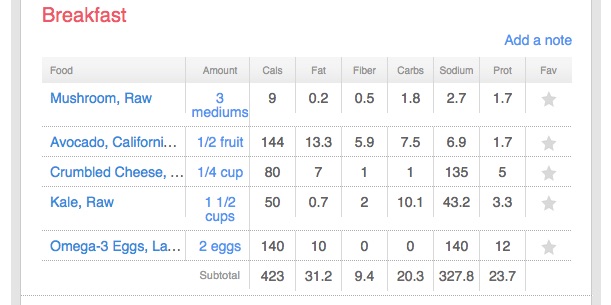
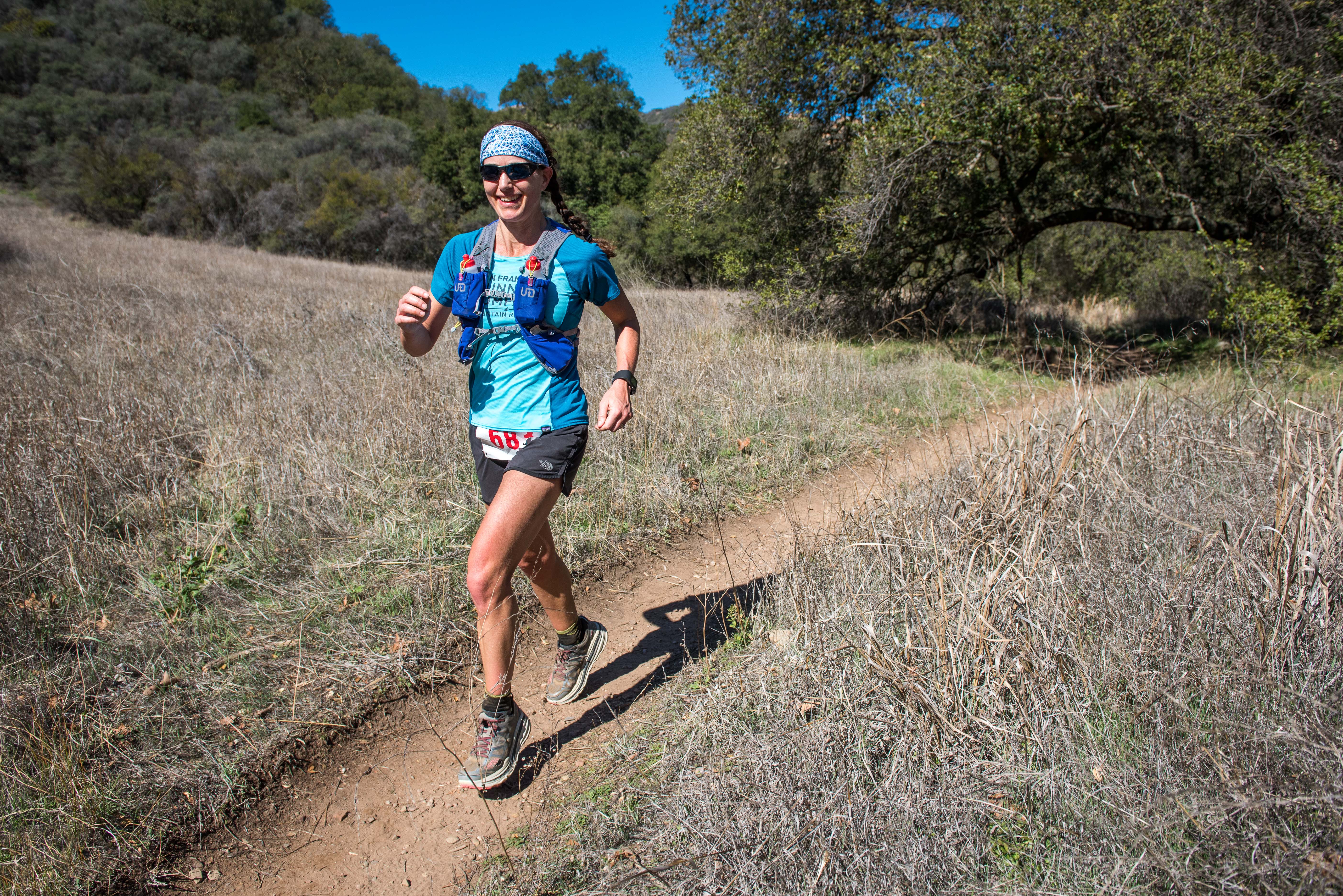
Great article Sarah. Your path sounds very familiar to me. I have been experimenting lately with lower carb, higher fat after reading and listening to a lot of podcasts lately that advocate this diet. I do not eat meat, but agree that no diet has to restrict complete food groups and I don’t want my diet to rule my life. I do think I can avoid the afternoon energy crashes with fewer carbs, but I too am not willing to give up my wine over dinner with my husband! I love your sensible approach and candid post and it looks like you are on the right track to a successful WS. All the best. I will be following you:)
Thanks Sarah for the practical nutrition advice. Loved the personal examples and photos. The “Netflix Bender” made me laugh and I’m curious — what were you watching? 🙂
Technically it was an Amazon Prime show we recently discovered called “Mozart in the Jungle” but I also am a fan of watching Scandal and the new season of House Of Cards.
Excellent choices, with complex storylines. You probably burned off most of those calories while keeping pace with all of the plot twists. 🙂
Great article Sarah – especially the application of less carbs in the AM – once that habit is broken I don’t miss it. The scone I get on the weekend taste seven better! I appreciate your candid examples – it’s good to know an athlete as dedicated as you struggles with late night cravings. Your posts really help!
Thank you for yet another great article. I just finished reading Racing Weight and am using it as a resource after hearing Matt on URP. A third glass of wine while watching Netflix with my wife is my achilles heel. I sometimes drink carbonated water instead of a 2nd or 3rd glass of wine (something I heard Sage Canaday say he does) but tea with honey also sounds like a delicious option I will try.
What a brilliant post, Sarah. Thanks for taking the time to detail your nutritional ” Come-to-Jesus”! It has become pretty obvious that the old paradigm is flawed.
What blows me away is that our North American society is having literally to re-learn how to eat!
Shocking really, but at least we’re progressing in the right direction.
It’ll be fun to follow your events this summer and how your new habits influence your stamina and race strategy!
Such a refreshing article about nutrition! I usually bypass these as they tend to be too generic and vague to be of much use. But the level or detail you provided (without giving away the food coach’s milk!) made this post very interesting and readable. Thanks much and congrats on your healthy changes!
Hi Sarah,
Great post! I have spent the last couple years re-training my eating habits and they are very similar to what you are doing. I am very selective about what diet articles I read because I agree with you about striving for balance and moderation and find myself prone to disordered eating if I’m not careful.
I have found through this process that healthy habits reinforce healthy habits. I used to drink more alcohol and have more “netflix binges” but over time I find I want to do that less and less often. I notice how poorly I feel afterwards and just am not interested in it as much. If I am craving salt or sugar (rather than craving a distraction while watching TV) I figure I need some and I have some water and a snack.
To keep my mind and hands busy while I watch TV I knit! I live in Alaska so knitting is somewhat useful. Not sure how many woolly sweaters you need in California…
Thanks for writing!